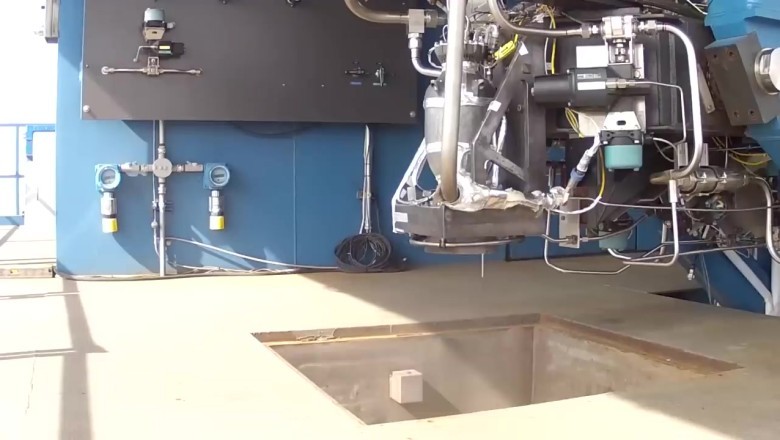
views
The Apollo Moon Lander: A Foil-Wrapped Marvel of Space Engineering
Introduction
The Apollo Moon Lander, one of the most important and expensive spacecraft ever built, has a distinctive appearance that might strike some as unusual. With its crumpled tin foil wrapped around metal poles, it's easy to see why a few might think it was constructed on a movie set rather than in a high-tech laboratory. However, this unique design is a testament to human ingenuity and the harsh realities of space exploration.
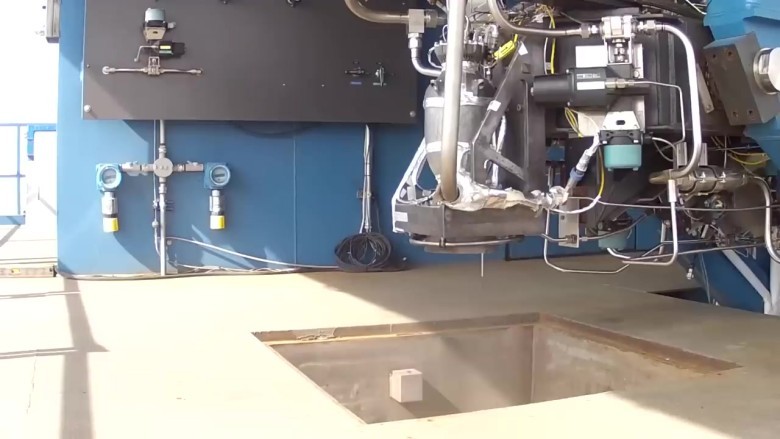
Space is a merciless environment, a battlefield unlike anything found on Earth. Temperatures can swing from boiling hot to unfathomably cold simply by moving from sunlight to shadow. Beyond these wild temperature swings, spacecraft are relentlessly bombarded by solar radiation and cosmic rays, which can degrade materials, interfere with electronics, and pose serious health risks to astronauts. As if that wasn't enough, everything in space is under a constant barrage of micrometeorites—tiny, high-speed particles that can puncture a spacecraft's exterior or damage exposed instruments.
Given these challenges, spacecraft need robust protection to survive and function effectively. This is where the foil comes into play. The Apollo Moon Lander, with its extensive use of foil, exemplifies the practical solutions developed to protect spacecraft from the extreme conditions of space.
The Harsh Realities of Space

Temperature Extremes
In space, the temperature extremes are unlike anything we experience on Earth. When exposed to direct sunlight, temperatures can soar to extreme highs. Conversely, in the shadow of a celestial body, temperatures can plummet to near absolute zero. These drastic swings can wreak havoc on materials and electronics, making thermal regulation a critical aspect of spacecraft design.
Radiation and Cosmic Rays
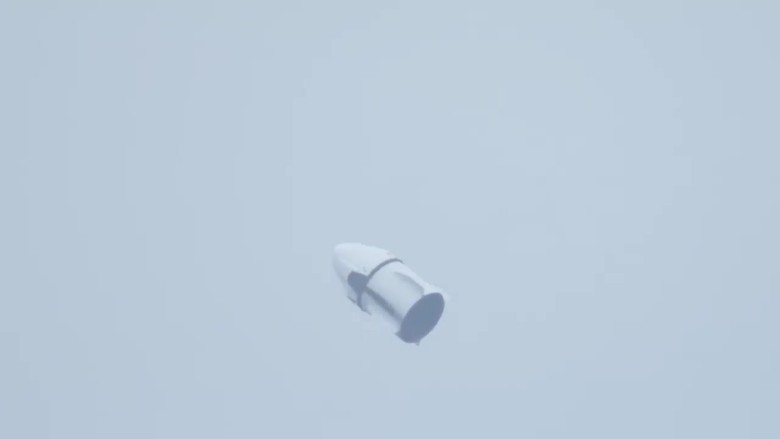
Spacecraft are also subjected to relentless bombardment by solar radiation and cosmic rays. These high-energy particles can degrade materials, interfere with electronics, and pose serious health risks to astronauts. Protecting against this radiation is essential for the longevity and functionality of spacecraft and the safety of their crew.
Micrometeorites

Micrometeorites are another constant threat in space. These tiny, high-speed particles can puncture a spacecraft's exterior or damage exposed instruments. Providing adequate protection against micrometeorites is crucial for the structural integrity and operational capability of spacecraft.
The Role of Foil in Spacecraft Protection
Thermal Regulation
Metals, while strong and durable, are excellent conductors of both heat and cold. Think of the pans in your kitchen—they don't protect your food from heat; instead, they transfer heat into your food very effectively to cook it. Similarly, a solid metal spacecraft would not block heat very well on its own. Early space probes that lacked proper insulation faced issues such as overheating, electronics failure, and rapid material degradation.

The solution to this problem was inspired by a common household item: the thermos, or vacuum flask. A thermos keeps hot drinks hot and cold drinks cold not because it's packed with insulation, but because its thick walls are filled with a vacuum—essentially nothing. When you remove the air between two materials, you remove the ability for heat to travel between them. Heat moves through physical contact with dense materials, so removing that contact slows heat transfer to a crawl.
In space, everything is already a vacuum, so spacecraft designers don't have to worry about pressure differences. This allows them to recreate the powerful insulation of a thermos without the need for bulky walls. By adding a reflective layer on the outside of the spacecraft, they can bounce off visible light and invisible radiation from the sun. As long as there's a small gap of empty space between that reflective layer and the spacecraft, the heat can't get in.
Radiation Shielding
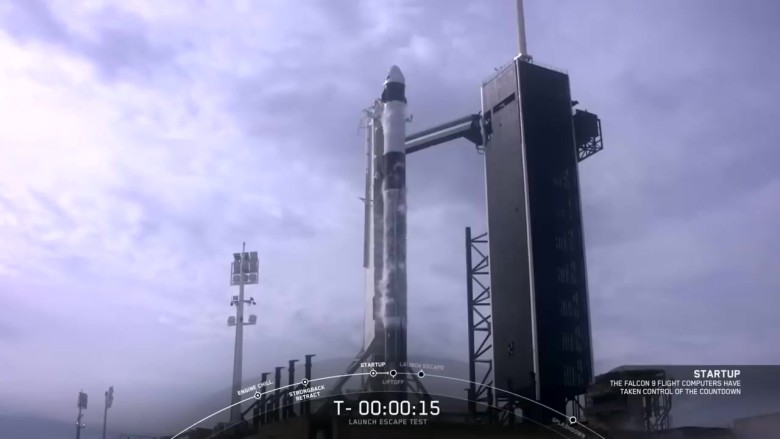
In addition to thermal regulation, the foil layers provide a degree of protection against solar radiation and cosmic rays. While no material can completely block all radiation, multiple layers of foil can significantly reduce the amount that penetrates the spacecraft. This layered approach helps to mitigate the harmful effects of radiation on both the spacecraft's systems and its human occupants.
Micrometeorite Protection
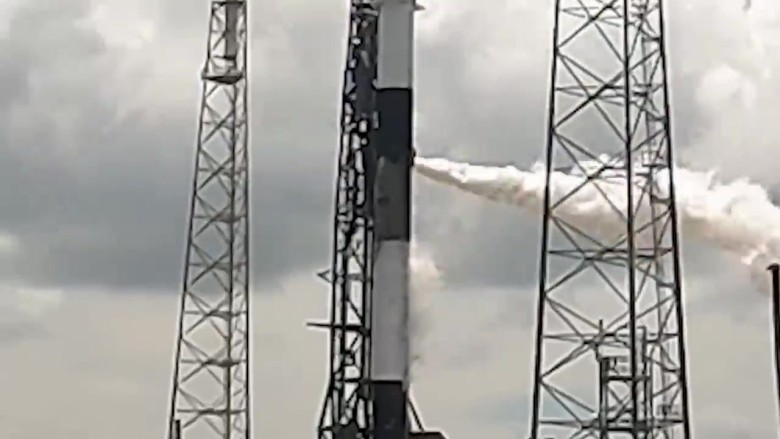
The multiple layers of foil also offer protection against micrometeorites. When a high-speed particle impacts the spacecraft, the foil layers can absorb and distribute the energy of the impact, reducing the likelihood of penetration. This added layer of defense is crucial for the longevity and safety of the spacecraft.
The Evolution of Multi-Layer Insulation (MLI)
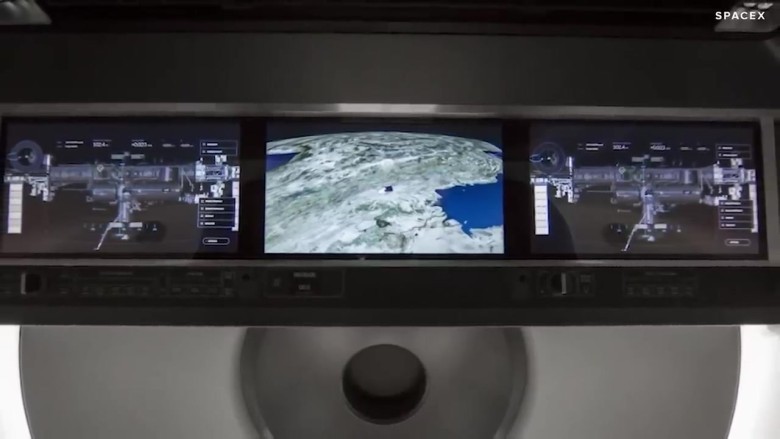
As the early years of space exploration progressed, NASA refined their techniques for protecting spacecraft from the cosmic environment. This led to the development of a specialized material known as Multi-Layer Insulation (MLI), or as it's colloquially known, "tin foil." MLI is not just a single layer of foil but a complex assembly of multiple layers, each serving a specific purpose.
Composition of MLI
The outermost layer of MLI is often a specialized plastic called Kapton. Kapton has the unique characteristic of remaining stable across a wide range of temperatures, from -269°C to 400°C. This material will not crack or melt under extreme conditions, making it ideal for the outer layer of MLI. Beneath the Kapton is typically a layer of aluminum foil. The slight amber tint of the Kapton gives the aluminum a gold-like appearance, which is why many spacecraft have a golden hue.
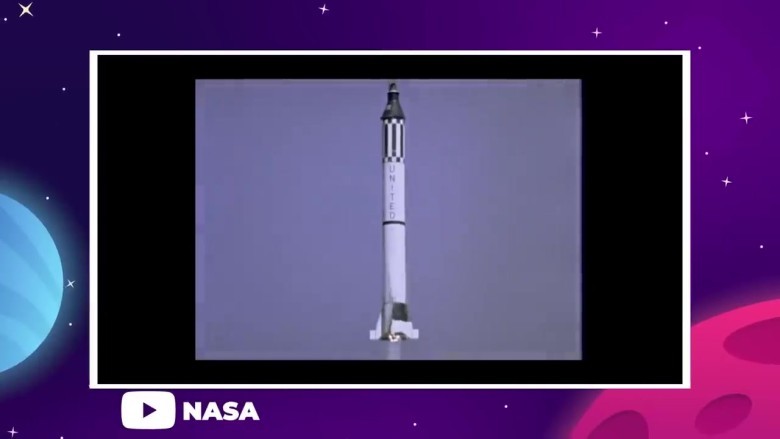
However, not all spacecraft are gold. Some, like the Hubble Space Telescope and the James Webb Space Telescope, have silver foil. The difference in color is due to the specific needs of the mission. For example, a moon lander like the Apollo needs to withstand the harsh conditions of landing, including dust and rock debris. In this case, having Kapton on the outside increases the durability of the MLI, even if it makes the aluminum slightly less reflective.
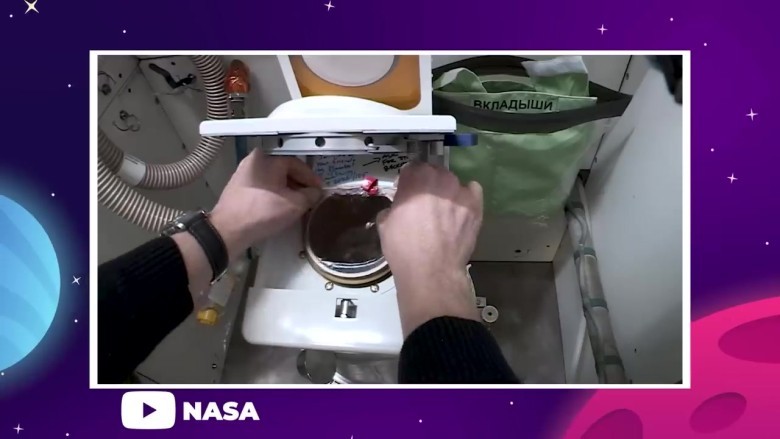
In contrast, space telescopes like Hubble and James Webb live far out in Earth's orbit, where they don't have to worry about getting roughed up. For these missions, reflectivity is prioritized over durability, so the aluminum foil is placed on top of the Kapton, making the MLI more effective at bouncing back heat from the sun.
Additional Layers and Materials
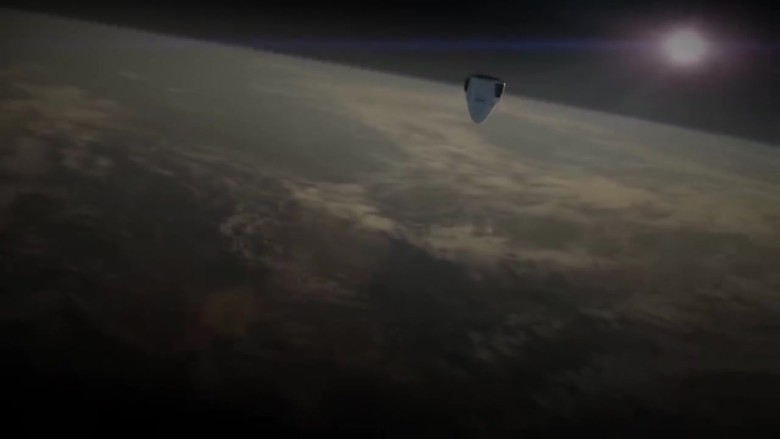
Beneath the outer layers of Kapton and aluminum, there are several more layers of plastic and metal that contribute to both insulation and reflection. One such material is Mylar, a strong, lightweight, and insulating plastic. Mylar is known for its excellent thermal properties and is often used in combination with aluminum foil to enhance the insulating capabilities of the MLI.

In between each layer of material, there is a white fiber mesh that acts like a net. This mesh ensures that the layers never touch, which slows down heat transfer from the outside of the MLI to the inside. The exact number of layers in MLI can range anywhere from 10 to 60, depending on the specific needs of the mission.
Venting and Pressure Management
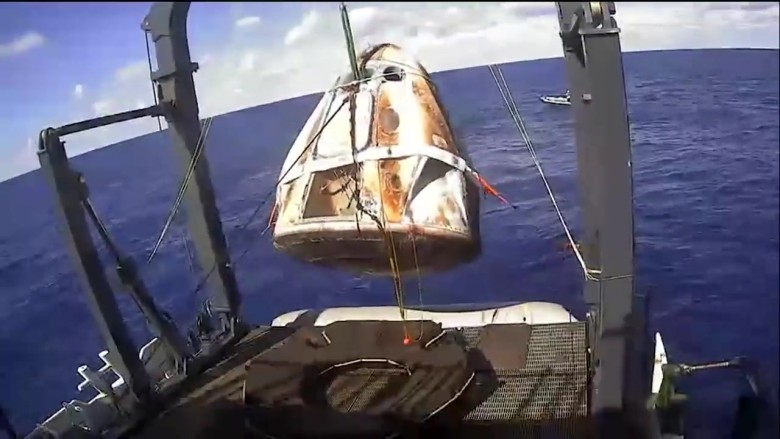
One thing you might notice about MLI is that it has small holes in the layers. While this might seem counterintuitive, these holes are actually a necessity. When the spacecraft is on Earth, air gets trapped between the layers of insulation and the spacecraft. After liftoff, when the spacecraft enters the vacuum of space, all that trapped air wants to escape. Matter always flows from high pressure to low pressure, so without an escape route, the MLI could blow up like a balloon. The tiny holes in the layers allow the air to escape without letting heat in. As long as the holes in the different layers are staggered, they can still provide effective insulation.
Historical Success and Modern Applications
The effectiveness of MLI was demonstrated early on in the space program. In the mid-1970s, as NASA was rushing to complete their Voyager probes in time to hit an ultra-rare planetary alignment, technicians put the final touches on their work by wrapping certain wires on the spacecraft with regular old grocery store shelf aluminum foil. Those probes are still working 50 years later and 15 billion miles away from Earth. This remarkable longevity is a testament to the effectiveness of MLI in protecting spacecraft from the harsh conditions of space.
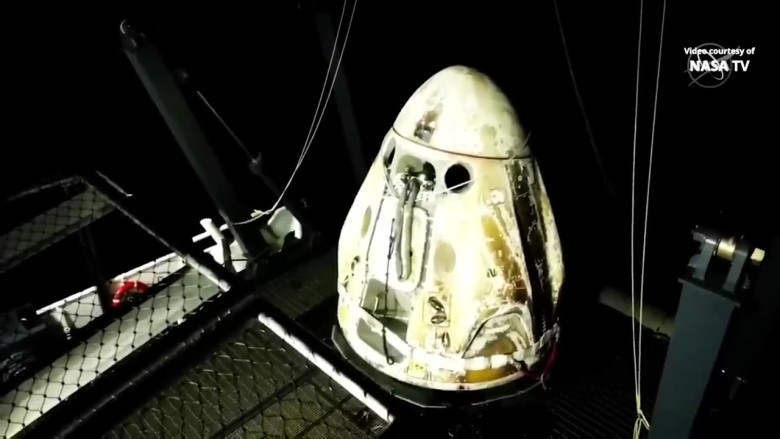
The principles of MLI continue to be applied in modern spacecraft design. For example, the Firefly Blue Ghost, America's most successful moon lander since Apollo, launched in 2025 with the same gold foil MLI wrapped around its entire body. This continuity in design highlights the enduring effectiveness of MLI in space exploration.
Conclusion
The Apollo Moon Lander, with its distinctive foil-wrapped appearance, is a marvel of space engineering. The use of Multi-Layer Insulation (MLI) has proven to be one of the most effective methods for protecting spacecraft from the merciless environment of outer space. From thermal regulation and radiation shielding to micrometeorite protection, MLI provides a comprehensive defense system that has stood the test of time.


















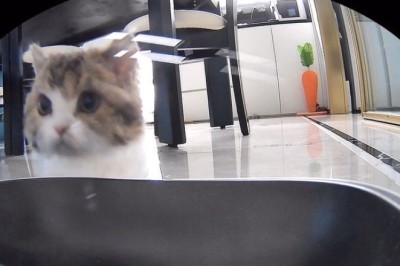

Comments
0 comment